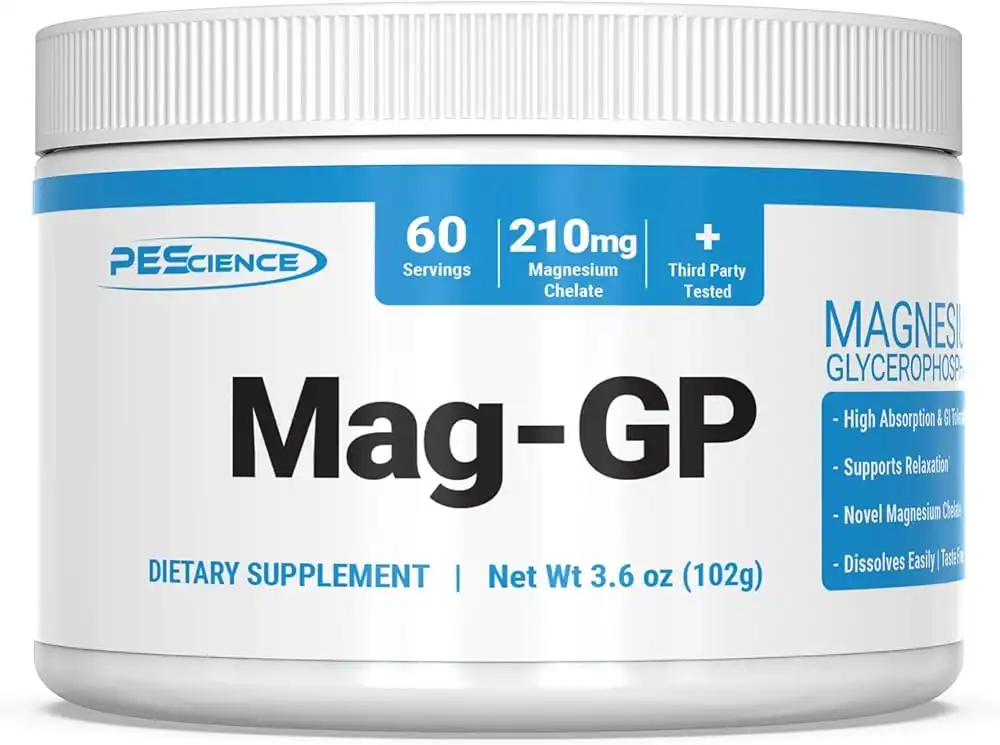Meixi Biology states that magnesium hydroxide (Mg(OH)2) is one of the commonly used and preferred magnesium sources for the synthesis of magnesium glycerophosphate.

- As an alkaline magnesium source, $\text{Mg(OH)}_2$ can undergo a direct neutralization complexation reaction with glycerophosphoric acid to form stable magnesium glycerophosphate.
- This reaction can be carried out under mild conditions with water as the only byproduct, which is suitable for the “green preparation” requirements of food and pharmaceutical grade products.
Compared to common magnesium sources like magnesium carbonate ($\text{MgCO}_3$) and magnesium oxide ($\text{MgO}$), magnesium hydroxide offers several advantages:
- The reaction is milder, avoiding intense exothermic release seen with $\text{MgO}$ and the release of carbon dioxide gas associated with $\text{MgCO}_3$.
- $\text{MgO}$ often requires heating for activation, whereas the $\text{Mg(OH)}_2$ reaction is smooth, controllable, and can be performed with stirring at room temperature, resulting in fewer impurities and higher purity.
High-quality magnesium hydroxide typically has extremely low levels of impurities such as heavy metals and carbonate content. This is beneficial for preparing high-purity magnesium glycerophosphate and makes it easier to control its solubility within the range required by pharmacopoeias, thereby enhancing the absorption efficiency of oral formulations.
Magnesium oxide itself is widely used in food additives and pharmaceuticals, such as antacids and laxatives, and its safety and regulatory compliance have been verified. Therefore, the use of magnesium hydroxide in the preparation of magnesium glycerophosphate meets the strict requirements for non-toxic, low-residue, and non-byproduct-generating products.
The dosing amount of (Mg(OH)2), stirring speed, reaction time, and pH adjustment all have a direct impact on the quality of the final product. By controlling these parameters, it is possible to precisely manage critical properties of the resulting magnesium glycerophosphate, such as crystal form, particle size, solubility, and pH value, which facilitates subsequent process development and large-scale production.
